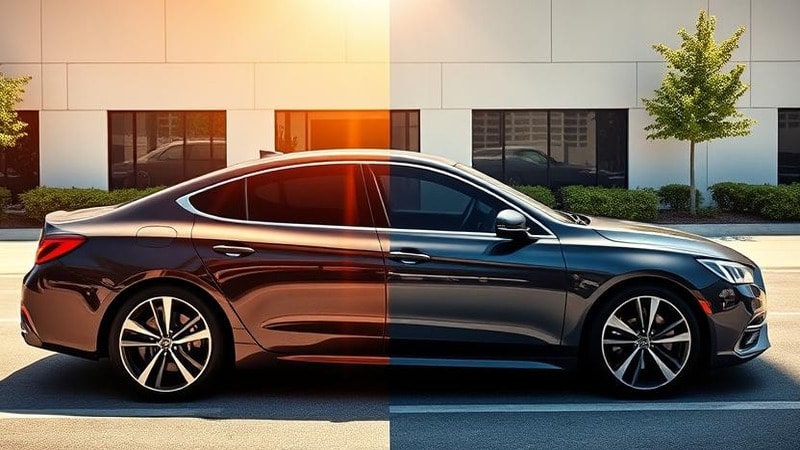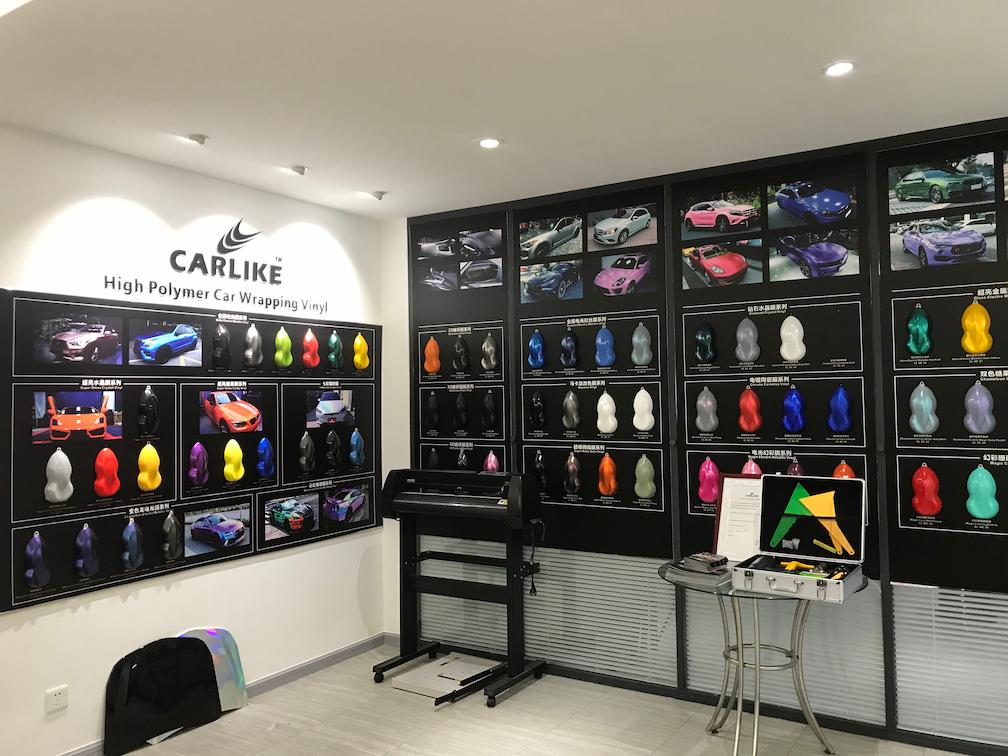Find it difficult to choose the right car window tint? Don’t worry. This article compares the differences between ceramic window tint and carbon window tint, which include benefits, costs, and durability. After reading this, you can determine which is better for your style of driving and your budget. Want to know their differences? Read on!
What is Car Tinting?
Car window tint is the application of a very thin coat over your car windows to stop the heat and light from passing through them. Apart from the clean appearance, there are several benefits of window tinting:
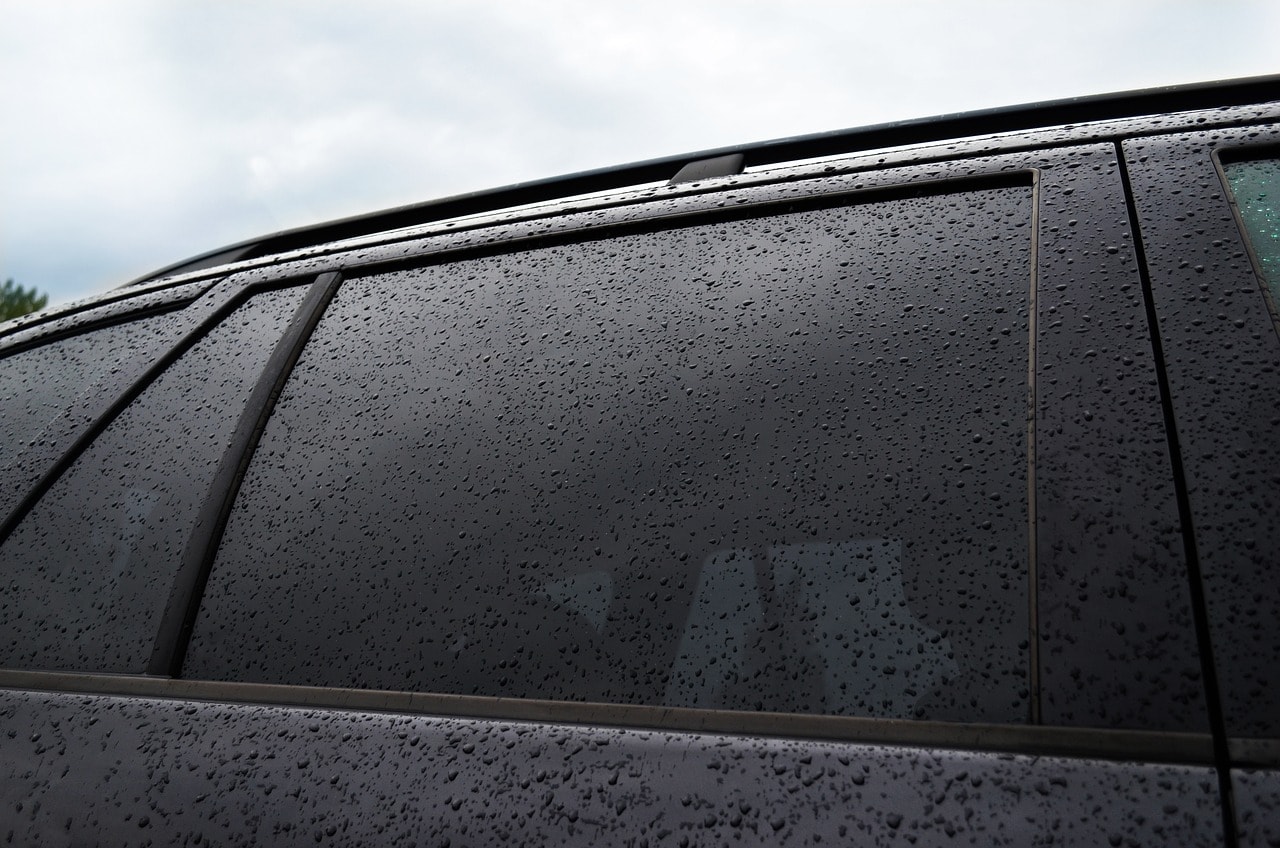
- Keeps the Temperature Under Check: It blocks infrared rays from passing through the car to minimize heat buildup and keep the temperature under control.
- Protection from UV Rays: Car tinting prevents sun damage to your skin and the car’s interior by blocking up to 99% of harmful rays, which can increase the risk of skin cancer.
- Reduces Glare: It gets less sunlight and headlight glare for more comfortable driving, making it truly essential for fleet cars.
- Aesthetic Appearance: Car tint is the appearance of being a matte finish and has a very modern appearance.
The best-selling varieties are ceramic tints and carbon window tints. Each has unique advantages and differences, which we explain further here so you can decide which is best for your car.
What is Carbon Window Tint?
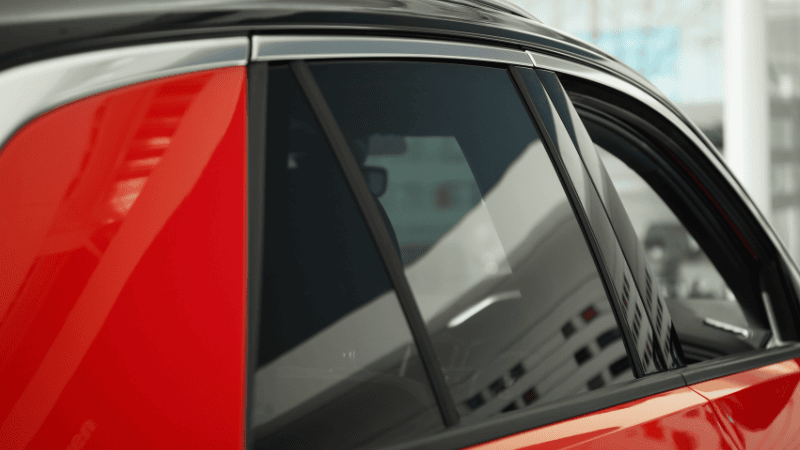
Carbon window tints are films with microscopic carbon particles applied to car windows. This type of tint reflects approximately 40% infrared radiation to reduce the heat inside the car. Compared to dyed tints, carbon tints are less likely to wear off easily and tend to last between 5 and 10 years without fading out.
Carbon tints are usually 1.5 to 2 mils (thousandths of an inch) thick, protecting against the wear and tear of everyday usage. They do not 100% obstruct UV rays, but can stop 99% of the hazardous UV radiation, with the brand name and quality varying accordingly.
Most carbon tints have a range of visible light transmission (VLT), commonly between 5% (extremely dark) and 50% (light color), allowing drivers to choose the light they want to allow into their cars.
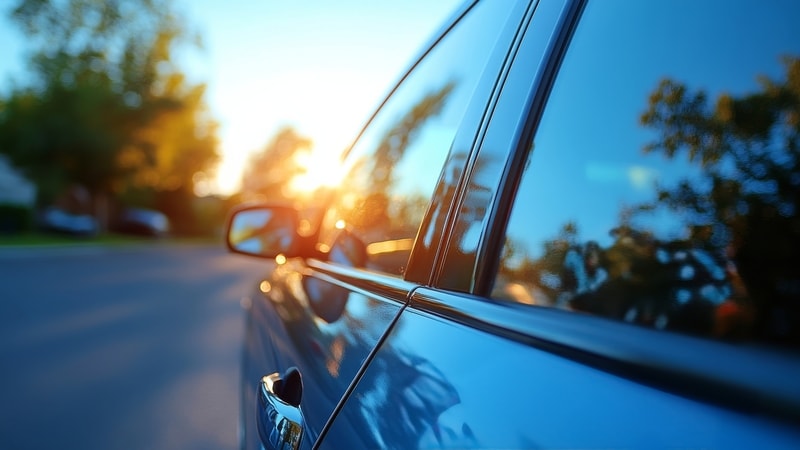
Benefits of Carbon Window Tints
Carbon window film is a great choice because it reduces heat without high expenses. The carbon-based nanoparticles in the film act as infrared (IR) radiation blockers, maintaining a stable interior temperature on hot days by minimizing solar heat gain.
One of the best qualities of carbon tint is its matte, non-glaring finish, which will make your car look aesthetic. It also adds to the element of privacy, making it harder to peer into the vehicle. Additionally, being a carbon finish, it will not fade with time like other tints.
The other advantage is that carbon tints are less expensive than ceramic tints, making them budget-friendly. However, although they provide some protection from the sun’s harsh UV rays, they are not as good as the protection offered by the best ceramic tints. The ceramic tint is the best choice if you reside in an extremely hot area.
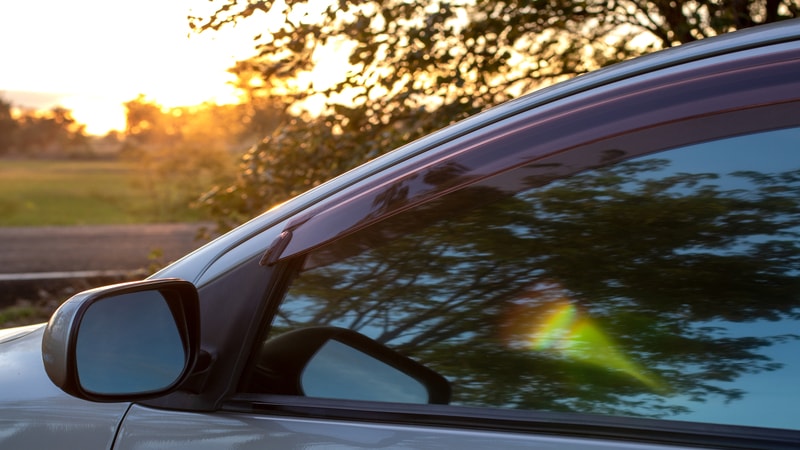
Carbon window tint is a great choice if you are looking for an affordable, long-lasting, and fashionable tint film that offers top-of-the-line heat rejection and privacy.
What is Ceramic Window Film?
Ceramic window tint is a very established film consisting of very small ceramic particles that block the heat, the ultraviolet light, and the glare without interfering with the vision. It is composed of no metal and dyes like other tints are composed of, so it is much more effective and functions with greater functionality.
One of the best aspects of the ceramic tint is that the film blocks 60% of the sun’s heat, leaving the car significantly cooler. The film also removes 99% of deadly UV radiation, keeping the passengers and the vehicle inside safe from the sun’s destruction.
Naturally, it is also more expensive, but the performance and durability are worth the price to the everyday car owner.
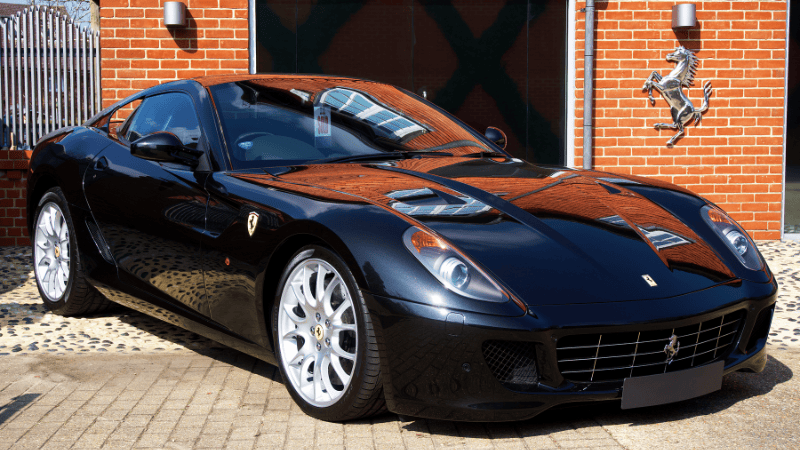
Benefits of the Ceramic Window Film
Ceramic window film is highly protective and rejects 99% of dangerous UV radiation. It protects passengers by shielding them from skin damage and also shields the car’s interior from fading and cracking with time. Industries are using UV-blocking nanoparticles in tints to get better results.
It is also the kind of film that will allow crystal-clear vision at night and by day without distorting the view by darkening the windshield. Thus, the car and driver can be protected well.
It is also very resistant to wear and tear since it is metal-free and dye-free, so it will not bubble, fade, or discolor with time, providing a solution that lasts for many years.
It also will not disrupt the signal, meaning you can have no problems with the signal while using the phone, GPS, or the radio. It beautifies the car by giving a luxurious, smooth finish without the mirrored effect of others.
With the best-in-class heat protection, UV protection, and durability, the best choice of film is the premium ceramic window film.
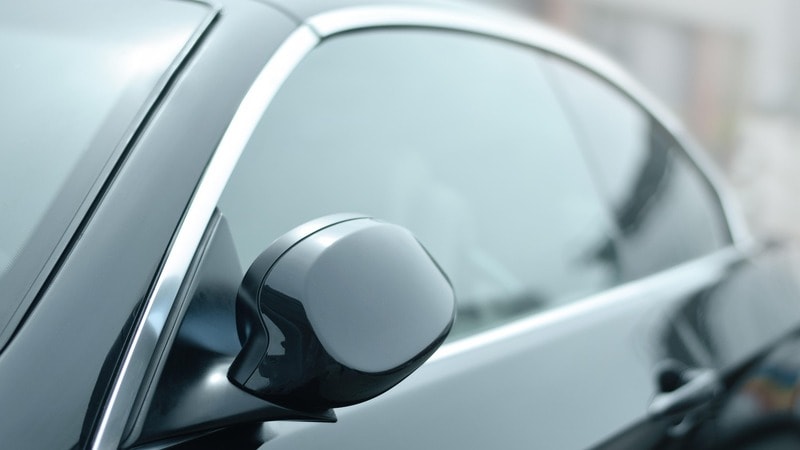
Carbon vs Ceramic Tints
- Heat Rejection: The ceramic tints block 50% of the solar heat, which cools the car down, while the carbon tints block 40%. Thus, the ceramic tints are slightly more effective at reducing the car’s interior temperature.
- Clarity: The ceramic color is extremely transparent both day and night. Carbon coloration also provides visibility, although perhaps not to the identical quality of the ceramic.
- Durability: The ceramic tint is very durable and retains its color for a number of years without fading, bubbling, or corrosion. It is a very good choice if you want tints for the long term.
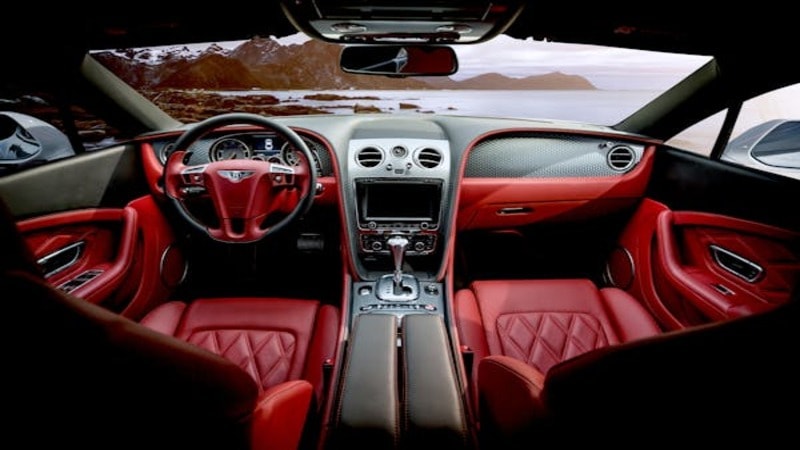
- Cost: Ceramic tints are more expensive than carbon tints due to the implementation of modern technologies like nano-ceramic technology and multi-layer optical film technology. They can deliver greater heat rejection, clarity, and durability, saving costs in the long term.
- Energy Efficiency: Since ceramic tints are capable of greater heat rejection, they reduce the consumption of the air conditioner, potentially helping to improve gas mileage on gas-powered vehicles and the performance of the battery on electric cars. Carbon tints provide similar benefits, but their heat reduction capacity is less than that of ceramic window tint.

- Glare Reduction: Ceramic tint strongly resists sunlight glare, headlights, and reflection to present a less harsh and safer nighttime driving environment or in extremely bright sunlight conditions. Carbon Tint also reduces glare, thus helping to maintain privacy.
- Resale Value: A well-made ceramic tint can enhance the car’s resale value by providing a very long lifetime, a premium look, and additional comfort amenities. Buyers can appreciate the value of ceramic tint as a positive aspect of the car.
- Scratch and Abrasion Resistance: Ceramic tint is less prone to wear out, chip, and scratch due to its strength, so it is best applied to heavily driven vehicles. It is also wear-resistant, although less resistant compared to the strength of the ceramic.
- Legal Compliance: Both ceramic tints and carbon tints are available with varying levels of shades (VLT – Visible Light Transmission), enabling car owners to pick a legal tint percentage that meets the regional tinting legislation.

Carbon vs Ceramic Tint: Cost
If you’re thinking about how much window tinting costs, then understanding the cost differences between carbon and ceramic tint can help you choose the best option for your budget. Below is a comparison to guide your decision. However, prices can vary from one car wrapping industry to another.
| Features | Carbon Tint | Ceramic Tint |
|---|---|---|
| Average Cost | $200 - $600 | $250 - $800 |
| Signal Interference | Does not interfere with electronic signals. | Does not interfere with electronic signals. |
Which is Better for Your Budget?
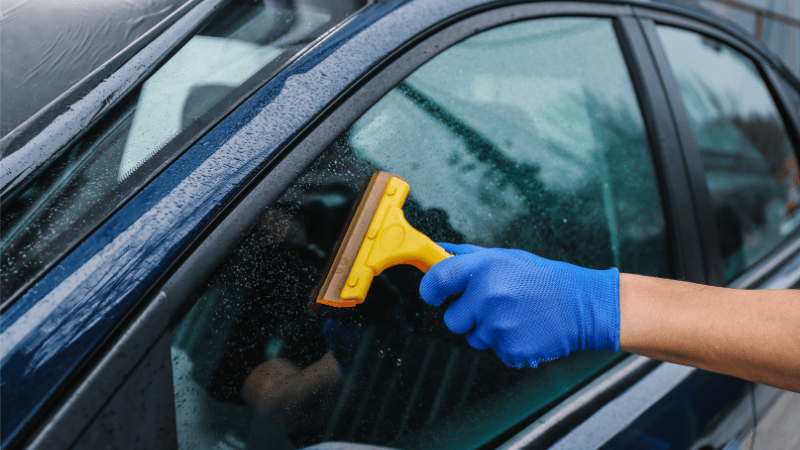
Go for the Carbon Tint if you are looking for a less expensive choice that is still very effective at shading a small percentage of the heat and the UV light. It is a great choice if you want good tints without paying a lot of cash.
Pick Ceramic Tint if you want to pay more for the best heat and UV protection. It lasts longer and keeps your car cooler, so the extra cost might be worth it in the long run.
At the end of the day, you have the choice regarding what you want and the price you are ready to pay. Consider your budget, your environment, and the time you will have the car before choosing.
Durability and Maintenance Comparison
Both Carbon and ceramic tints are durable and efficient, but choosing the best tint depends on your demand and other factors. Once you have chosen and done with your tinting, both tints demand extra cleaning and maintenance.
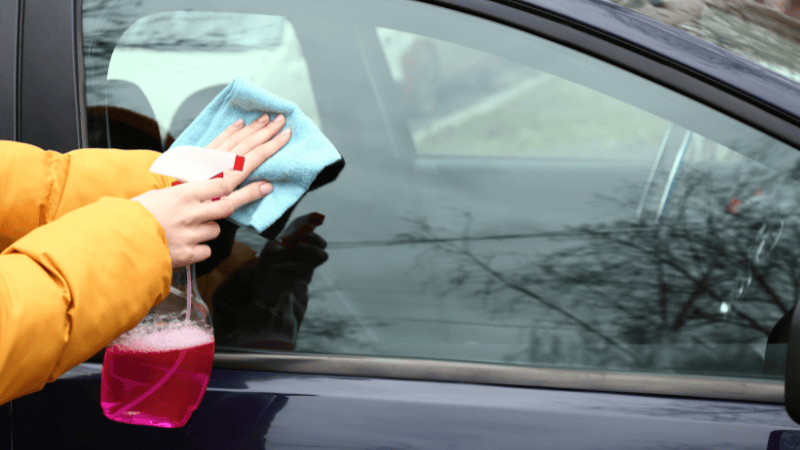
Carbon Tint
Carbon tint is a good option compared to other traditionally dyed tints. It resists fading, discoloration, and bubbling to provide your car’s windows with a smooth and stylish look year-round. Unlike tints that tend to turn a tacky purple color with time, carbon tint is color-retaining.
Carbon tint is tougher than regular tint film, although not necessarily tougher than the best ceramic tints, which can endure harsh weather conditions or prolonged sunlight exposure. Over time, small signs of wear can develop with carbon tint, but with proper care, you can get a number of years of service out of the film.
Ceramic Tint
Ceramic tint is the most durable and latest window tint solution available. It is designed to outlast severe weather conditions, extended sunlight exposure, and everyday wear and tear without fading, cracking, or peeling off.
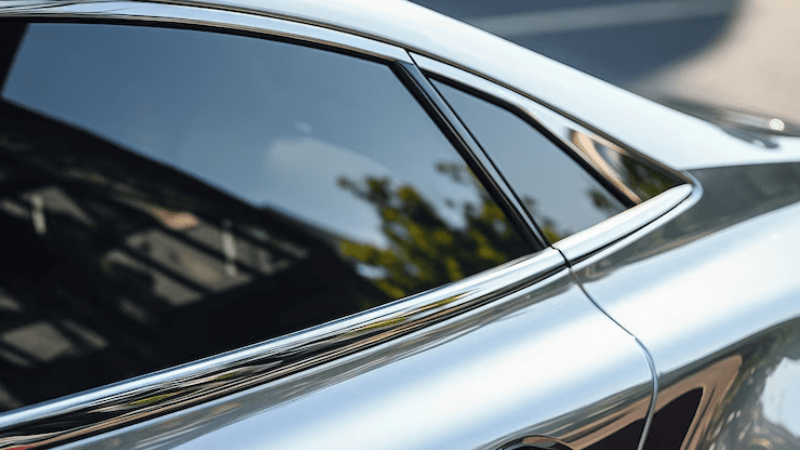
With no metal or dyes involved, it will not discolor with time and remains transparent and operational year after year. It is also highly resistant to scratches, making it the best solution for someone looking for a solution that will last without needing to be changed frequently. Although it is a premium-priced solution, its exceptional performance and durability are well worth the price tag.
FAQs
Q1: What makes your window tint films stand out?
Our window tint films are made from high-quality materials, providing superior UV protection, heat rejection, and enhanced privacy. They are durable, easy to install, and available in various tint levels to meet diverse needs.
Q2: What is the minimum order quantity (MOQ) for window tint films?
Our standard MOQ is 10 rolls, but we are flexible and can accommodate smaller orders to help new customers evaluate our products.
Q3: Do you offer custom sizes and tint levels?
Yes, we provide a range of customization options, including various sizes and tint levels. Our team will work with you to ensure the window tint films meet your specific requirements.
Conclusion
Choosing between carbon and ceramic tints is a matter of budget considerations, performance needs, and personal preference. Carbon tints are a great budget option that offers acceptable protection and a fashionable look, while the best performance is provided by the highest heat rejection capabilities of the best ceramic tints, which have lifetime durability.
Enhance Your Ride with CARLIKE – Get Started Today!
At CARLIKE, we specialize in high-quality window tints that elevate your driving experience. Our tints provide durability, UV protection, and a sleek finish to keep your car looking and feeling great for a long time!
Not sure of the type of tint film? Contact us to obtain personalized recommendations now!
